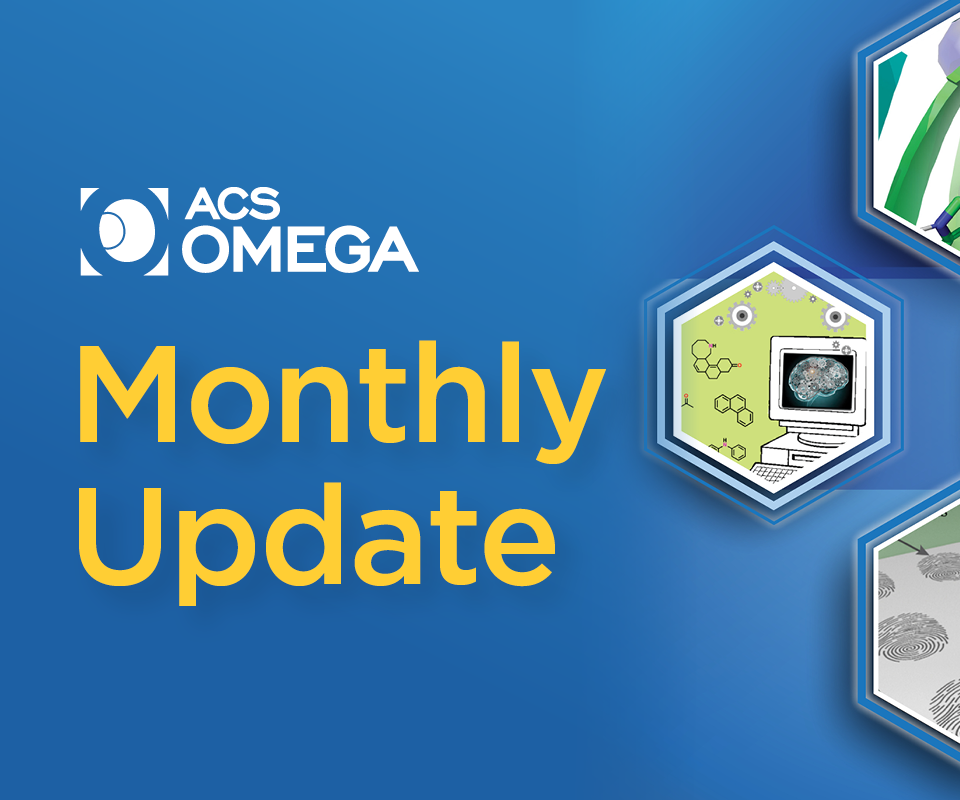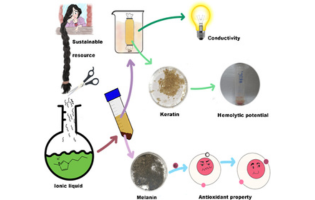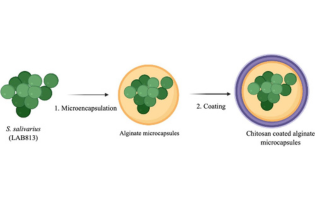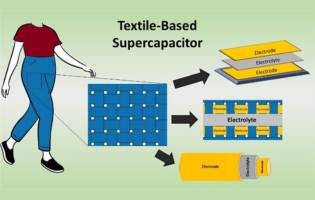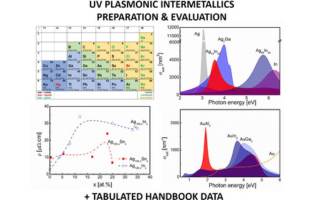What's New
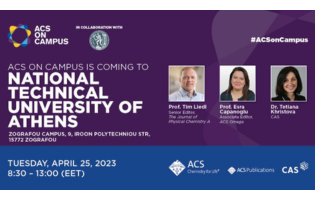
ACS On Campus in Athens
On April 25, our Associate Editor, Prof. Esra Capanoglu, presented a seminar entitled "Promoting and Advocating for Your Career" at ACS on Campus and the National Technical University of Athens (NTUA), a half-day event from ACS Editors on their tips for scholarly publishing, how to leverage SciFinder and the latest ACS Resources people can use to grow their careers.
ACS Omega - In The News
Our hair contains substances that could be used in products like bandages and sunscreens. Scientists have developed a simple and eco-friendly method to extract these substances, called keratin and melanin, from human hair. Hair is made of keratin, a protein found in nails, feathers, and horns. Melanin gives hair its colour and protects against UV light. Most discarded hair is wasted, but researchers found a way to extract keratin and melanin using a single procedure without harsh chemicals.
The authors collected hair samples, washed and cut them, and mixed them with a special liquid that dissolved the keratin. By heating the mixture and adding a specific solution, the melanin separated and was collected. This innovative technique allows valuable substances to be extracted from discarded hair while preserving their natural qualities. It's a sustainable and eco-friendly way to obtain useful materials from waste.
Reference: Ashmita Mukherjee, et al. One-Pot Extraction of Bioresources from Human Hair via a Zero-Waste Green Route, ACS Omega 2023 8 (17), 15759-15768.
Low-methoxy (LM) pectin gels have become popular in tissue engineering and drug delivery due to their compatibility with the human body. These gels form when LM pectin molecules join together, creating a network structure with the help of calcium ions. Scientists have been exploring different methods to improve the properties of these gels, and a group of researchers from Japan decided to investigate the use of carbonated water in the gelation process.
The team prepared LM pectin gels using a standard method but with carbonated water as the source of carbon dioxide (CO2). They found that the gels made with carbonated water underwent faster gelation and exhibited greater mechanical strength than those without carbonated water. Carbonated water provides a convenient and accessible source of CO2, enabling gelation to occur under normal atmospheric conditions. The findings of this study contribute to the development of functional hydrogels with tailored properties, opening up possibilities for their applications in various fields, including tissue engineering and drug delivery.
Reference: Ryota Teshima, et al. Physicochemical Properties of Egg-Box-Mediated Hydrogels with Transiently Decreased pH Employing Carbonated Water, ACS Omega 2023, 8, 8, 7800–7807.
Key Journal Metrics
- ACS Omega published 287 articles in April and recorded over a million downloads for articles published by the journal (1,025,615 downloads). This represents a 36.7% increase in usage compared to the equivalent time period in 2022.
Published Issues
pp. 11643-12602
pp. 12603-13478
pp. 14273-14858
Featured Articles
Probiotics are beneficial living microorganisms that, when taken in sufficient amounts, contribute to our overall health. Streptococcus salivarius, a bacterium commonly found in our mouths, has been discovered to produce antimicrobial substances and can be used as a probiotic. This research aimed to create a delivery system for a new strain of S. salivarius called LAB813. To protect and deliver the probiotics effectively, scientists used natural substances called polysaccharides, such as alginate and chitosan, to encapsulate the LAB813 bacteria. These findings suggest that Ch-coated Alg encapsulated LAB813 could be used to enhance oral health by inhibiting harmful bacteria.
Priyadarshani Choudhary, et al. University of Toronto, Canada
ACS Omega 2023, 8, 13, 12011–12018
Smart textiles are revolutionizing wearable technology, prompting extensive research into finding alternative energy storage solutions. One promising option is the use of supercapacitors, which offer high discharge rates, flexibility, and long-lasting performance. These supercapacitors can be seamlessly integrated into textiles, opening up new possibilities. This paper examines recent advancements in the fabrication methods and materials used for creating textile supercapacitors.
Samantha Newby, et al. University of Manchester, U.K.
ACS Omega 2023, 8, 14, 12613–12629
Scientists have developed a new method for detecting DNA hybridization using a low-cost and disposable thread-based system. This innovative approach utilizes a technique called isotachophoresis (ITP) and incorporates graphene oxide (GO) surface-functionalized zones on nylon threads as binding platforms. The low-cost and disposable nature of the thread-based system makes it a practical and accessible option for DNA analysis. Overall, this novel approach using thread-based electrofluidic analysis demonstrates a promising advancement in DNA hybridization detection, with potential implications for various fields, including medical diagnostics and genetic research.
Liang Wu, et al., University of Tasmania, Australia.
ACS Omega 2023, 8, 15, 13569–13577
The authors present a comprehensive review of alloys and compounds formed between silver or gold and metals/metalloids from the p-block of the Periodic Table. This review focuses on the phase formation tendencies, preparation methods, and optical properties of these materials. The motivation for studying these alloys and compounds lies in the unique properties of p-block metals, such as their high plasma frequency (ωp). This property makes them interesting for plasmonic applications, as the plasma frequency can be tuned across a wide range in the ultraviolet (UV) spectral region. This review provides valuable insights into the phase behaviour, synthesis, and optical properties of alloys and compounds formed between silver/gold and p-block metals/metalloids. These materials hold great promise for advancing UV plasmonics and finding applications in various fields.
Rosen Todorov, et al. Institute of Optical Materials and Technologies “Acad. J. Malinowski”, Bulgarian Academy of Sciences, Bulgaria.
ACS Omega 2023, 8, 16, 14321–14341
Previous Newsletters
Click below to view a previous ACS Omega Monthly Update:
© 2025 American Chemical Society, 1155 16th St NW, Washington, DC 20036, USA. View our Privacy Policy


